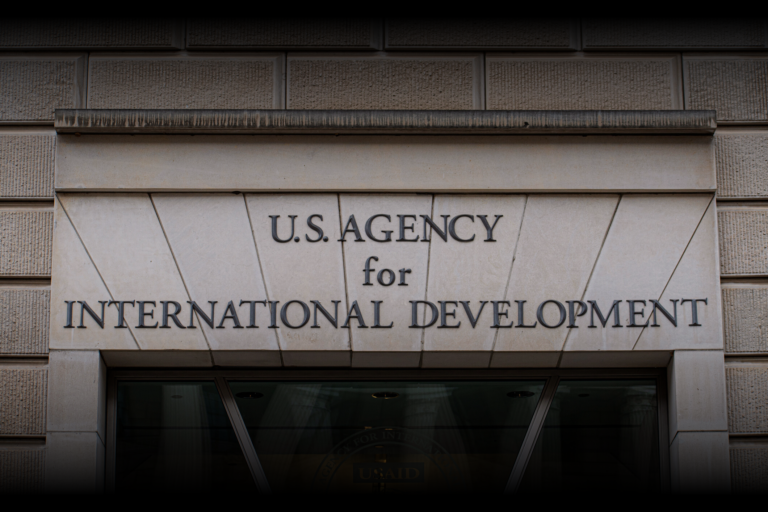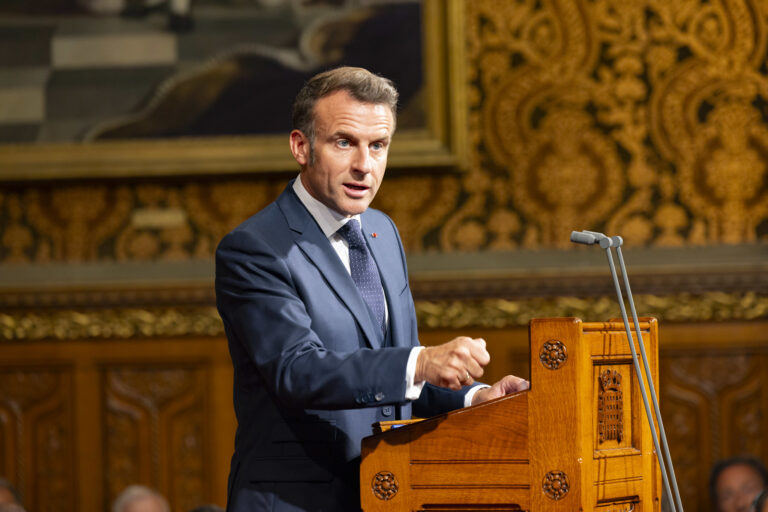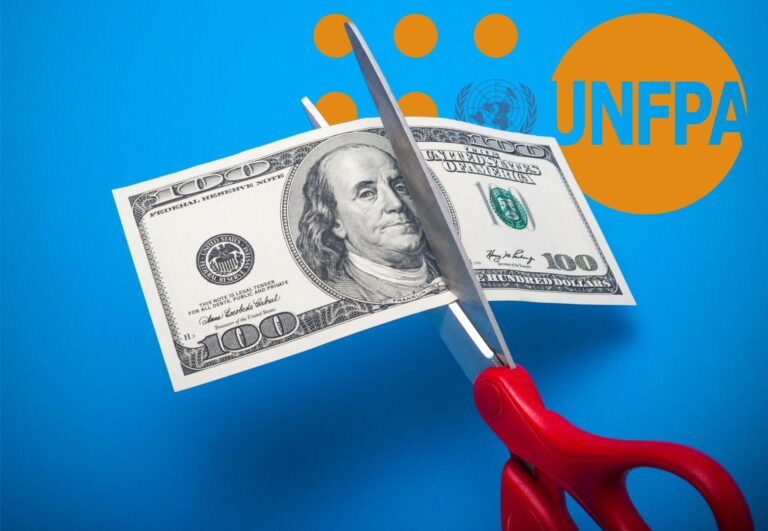I’m sitting in a rough concrete home, sunlight streaming in the open door, the sound of chickens waiting gently from the garden. On the wall, nestled among decorations for the Chinese New Year, the ubiquitous image of Chairman Mao beams smarmily down on the room.
An old man sits, cross-legged, across from me. The expression on his wizened face is hard to read, but his manner is easy. The translator sits next to me; asks the man about the one-child policy. He reminisces a bit about the hardships of the policy back in the late l970’s, before launching into an account of current conditions.
He tells us that the policy still stands, that couples may have only one child if their first is a boy. If their first is a girl, they are allowed to try for a boy, but may have no more than two. He speaks of high fines and intimidation, and then makes a startling statement.
“At the present time, if you don’t pay the fine,” he says casually, “they come and abduct the baby you just gave birth to and give it to someone else … I have heard that’s the way it is.”
I had entered China three days before, landing in Hong Kong to meet my contact, a photographer who knew the area well. We took the train from Hong Kong to the sprawling, filthy metropolis of Guangzhou, where we met our interpreter, before moving into the countryside to conduct our research.
The mission? To debunk the U.N. Population Fund’s fantastic claim that it has ended coercion in China’s one- child policy.
In a village just a few kilometers away from the old man’s, we meet a group of elderly women. They are industriously occupied, sticking little plastic berries onto little plastic stalks for a nearby factory that makes fake flowers. A day’s work putting together these meager creations will earn them 10 yuan (approximately $1.46). The women speak of fines, fines and more fines. “The policy is strictly enforced,” one of them says. She tells us that, if the one-child limit is broken, they will be fined 20,000–30,000 yuan (at current exchange rates, this amounts to about $3,000–$4,400—more money than one of these women would earn in 7 years).
Everywhere we go, it is the same story. Some think we are there to enforce the one-child policy, and treat us coldly. Others are suspicious, even angry; one man threatens to set his dogs on us. Among many, there is an air of cowed defeat—they are tired of being fined, tired of being sterilized, tired of having their children stolen and their homes destroyed. They just want to be left to live their lives. Unfortunately, neither the Chinese government nor the U.N. Population Fund seem willing to do that. This is not ancient history. This is not an isolated region. This is modern China, in counties where the United Nations Population Fund (UNFPA) claims that coercion has all but been eradicated. In its report on the 2006–2010 funding cycle. the UNFPA makes the claim that, “in 1998, the Government and UNFPA launched the fourth county programme, which removed birth targets and quotas and introduced a quality-of-care approach in 32 counties.” According to the UNFPA, it “played a catalytic role in introducing a comprehensive, voluntary reproductive health approach in China. The high monitoring standards of UNFPA have resulted in a strong feedback mechanism that supports continuous change.”
So, according to the UNFPA, the Chinese government has moved away from coercive practices of any kind, at least in the counties where the UNFPA has staked its claim. Everything is “voluntary.” Back in 2001, when the UNFPA made similar claims, we at PRI thought they sounded too good to be true, so we sent an investigative team to check.
This team, headed up by an intrepid paralegal named Josephine Guy, found that brutal coercion was rampant in these so-called “model counties.” “All interviews were conducted within a few miles from a UNFPA office, in a county where the UNFPA contends that coercion does not exist,” Guy wrote in testimony that was delivered before Congress. “In a county where the UNFPA claims that only voluntarism prevails, we were told by a victim of abuse that family planning policies involving coercion and force are stricter today than ever before.”
Guy related harrowing tales of crippling fines, forced sterilizations, mandatory abortions. Retribution for “illegal children,” Guy reported, often consisted of the destruction of homes, the imprisonment of families, and the blacklisting of children, who could then no longer qualify for government benefits, Guy found that the UNFPA even shared an office with the Chinese family planning officials, and these officials eagerly claimed that there was “no distinction” between the UNFPA’s work there, and their own.
Because of this investigation, the State Department of the United States launched their own investigation, which only corroborated PRI’s findings. “’The Government [of China] continued to implement its coercive policy of restricting the number of children a family could have,” they wrote in 2002. The report listed these methods {used by the Chinese government] as coercive: threat of job loss, demotion, fines, psychological pressure, withholding social services, confiscation and destruction of property. The report pointed out that, although the Chinese Government claims that it has dropped coercive policies, the Government “does not consider social compensation fees and other administrative punishments to be coercive.” The U.S. State Department disagreed. The report reiterated that “intense pressure to meet birth limitation targets set by government regulations has resulted in instances in which local birth planning officials reportedly have used physical coercion to meet government goals.”
As a result of this investigation, the Bush administration refused to refund the UNFPA, and so it remained until the election of Barack Obama. Obama has now uncritically poured $50 million of the foreign appropriations budget hack into the organization.
Is this a good idea? Absolutely not. I have traveled personally to countries where the UNFPA operates, and have found that conditions have not improved. Coercion continues, and the fines are now crippling.
I visited 3 UNFPA model counties over the course of a week in China. First, I visited Sihui, in the Guangdong Province, followed by Lipu and Longan, both in the Guangxi province. Despite the UNFPA’s rhetoric about “continuous change” and its “quality-of-care” approach, it is manifestly obvious that the one-child policy is alive and well in these counties.
Just a casual walk through rural villages shows that the policy is literally everywhere you look. Ubiquitous signs proclaim the one-child policy and threaten violators with punishments. Promotional messages line the streets, on official-looking billboards, on banners, affixed to telephone and power-line poles. There is even an innocent looking logo: two stylized adults with a stylized child nestled in between them, all of them raising their arms in jubilation.
Everywhere we asked the question: “What happens when you violate the policy?” Everywhere, the answer was the same: fines, fines and more fines—huge, unimaginable fines, on the order of “tens of thousands of yuan.” People spoke of having to pay 20,000, or even 30,000 yuan. It seemed that the object of the fine was to break the will of the parents to resist, since it was so astronomical a number that it could not even be comprehended by poor rural farmers and factory workers.
It wasn’t until our last day in Longan that we discovered that this was explicitly the intention. In a shabby town square we found a huge sign which detailed the system of fines and their implications in painful detail:
Those who illegally reproduce, including both of the parties involved, will be individually, when their illegal behavior is discovered, assessed a “social compensation fee” based on a unit calculated from a year’s salary for urban dwellers and based on a year’s income after expenses for rural dwellers:
1. Those who illegally give birth to one child, will be assessed a fine 3 to 5 times their annual income; those who illegally give birth to a second child will be assessed a fine from 5 to 7 times their annual income; those who illegally give birth to a third child will be assessed a fine from 7 to 9 times their annual income; those who give birth to 4 or more illegal children will be assessed a fine extrapolated from the above schedule of multiples; Those who illegally take in a child, have an extramarital birth, have an out of wedlock birth, both parties involved will be assessed a “social compensation fee” according to the above schedule of (income) multiples.
2. Those who meet the requirements for having a second child, but fail to meet the required waiting period (between births) and where the woman has not yet reached the age of 28 years of age when giving birth, both parties involved will be individually assessed a “social compensation fee” based on an unit calculated from a year’s salary for urban dwellers and based on a year’s income after expenses for rural dwellers. For each year early (that they have given birth) they will be assessed a CSRC Fee equal to 25% of their annual salary or income. A partial year shall be calculated as if it is a full year.
According to China’s own statistics, the per capita rural income in these areas is roughly 2,495 yuan per year, or about $365. A fine of 20,000 or 30,000 yuan would devastate a couple financially. Looking at it through a Western lens, it would he as if a middle-class American family earning $50,000 a year were fined $300,000—just for having a child.
This same sign outlined, in explicit detail, further measures to be taken to prevent “excess births”:
Under the direction of the birth control bureaucracy and the technical personnel (assigned thereto), those married women of childbearing age who have already had one child shall preferentially (shouxuan) be given an IUD; those couples who have already had a second or higher order child shall preferentially be sterilized.
That this order was actually carried out was confirmed in conversations with villagers. One woman, who belonged to the Hmong minority, told us that if you had a third child the government “would take measures to sterilize you.” It was clear that the operation she described would not be voluntary, even though she hastened to add that many people now chose to preempt government action by getting the operation themselves.
I heard many stories about couples struggling to pay crippling fines. One poor woman from one of the poorest villages I visited told us of how she and her husband had taken out a l0-year loan simply to pay the 25,000 yuan fine on her two illegal daughters. You might call this a “child mortgage.” Her husband had been forced to go to work in the city to support their family and try to pay off this debt, she told us. They were additionally strapped for cash because the government failed to recognize their “illegal” children, and was denying them government benefits like school and health care.
I was also told that, if the fines were not paid, the offenders would receive a visit from the local officials, who would “seal” and possibly even destroy their home, as punishment for non-compliance.
And of course, there was the mention of child abduction, where the government would hold illegal children hostage until their parents paid the “social compensation fee” that was being demanded of them.
These are not isolated incidents. These abuses are not being committed by rogue officials or in counties that have fallen into corrupt practices. These are systemic abuses, ordered and approved by China’s highest authorities and perpetrated by a vast network of low-level officials, Everywhere we went, the story remained the same—where we could get stories at all. During my week-long stay, even our simplest investigative work was constantly under watch by local Communist party members. They would follow us around villages on foot or astride motorcycles. They would break up conversations, barking warnings at anyone who attempted to speak with us. More than once, we were forced to quickly leave a village as nervous petty officials made anxious phone calls to the nearest authorities.
The very idea of voluntary family planning in these counties was absurd, yet the UNFPA claims coercion has vanished. Either the UNFPA is completely unaware of what really happens in these counties, or they deliberately mask the truth in order to receive more funding. There are no other possibilities.
In either case, they do not deserve our money.
We may never know all the evils that China’s government has committed in order to quell its “population problem? We may never hear all the horror stories, the tales of families who are torn apart, of mothers and fathers punished for fulfilling one of their most basic human desires— the desire for children. But this I know to be true: combating the Chinese model of involuntary, administrative population control should be one of the most important human rights issues of our day.
Instead, many believe China’s one· child policy remains a necessary evil; others consider it a necessary good. This view is perpetuated by groups like the UNFPA, which continue to aid and abet the Chinese government in abusing the Chinese people, and then shield that same government from foreign criticism.
The UNFPA does not deserve our support. It certainly does not deserve our funding.






